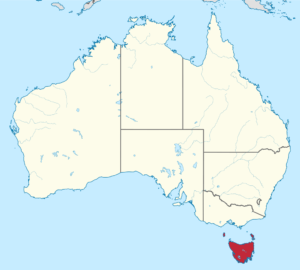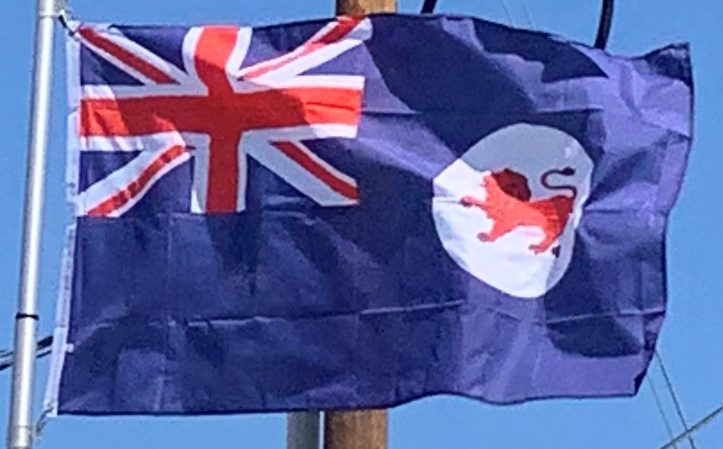Introduction:
Tasmania is an island state of Australia. It is located 150 miles to the south of the Australian mainland, separated by Bass Strait. The state encompasses the main island of Tasmania, the 26th-largest island in the world, and the surrounding 334 islands. The state has a population of around 526,700 as of March 2018. Just over forty percent of the population resides in the Greater Hobart precinct, which forms the metropolitan area of the state capital and largest city, Hobart.
Tasmania’s area is 26,410 square miles, of which the main island covers 24,911 square miles. It is promoted as a natural state, and protected areas of Tasmania cover about 42% of its land area, which includes national parks and World Heritage Sites. Tasmania was the founding place of the first environmental political party in the world.

The island is believed to have been occupied by indigenous peoples for 30,000 years before British colonization. It is thought Aboriginal Tasmanians were separated from the mainland Aboriginal groups about 10,000 years ago when the sea rose to form Bass Strait. The Aboriginal population is estimated to have been between 3,000 and 7,000 at the time of colonization, but was almost wiped out within 30 years by a combination of violent guerrilla conflict with settlers known as the “Black War“, inter-tribal conflict, and from the late 1820s, the spread of infectious diseases to which they had no immunity. The conflict, which peaked between 1825 and 1831, and led to more than three years of martial law, cost the lives of almost 1,100 Aboriginals and settlers.
The island was permanently settled by Europeans in 1803 as a penal settlement of the British Empire to prevent claims to the land by the First French Empire during the Napoleonic Wars. The island was initially part of the Colony of New South Wales but became a separate, self-governing colony under the name Van Diemen’s Land (named after Anthony van Diemen) in 1825. Approximately 75,000 convicts were sent to Van Diemen’s Land before transportation ceased in 1853. In 1854 the present Constitution of Tasmania was passed, and the following year the colony received permission to change its name to Tasmania. In 1901 it became a state through the process of the Federation of Australia.
Origin of the Name:
The state is named after Dutch explorer Abel Tasman, who made the first reported European sighting of the island on 24 November 1642. Tasman named the island Anthony van Diemen’s Land after his sponsor Anthony van Diemen, the Governor of the Dutch East Indies. The name was later shortened to Van Diemen’s Land by the British. It was officially renamed Tasmania in honor of its first European discoverer on 1 January 1856.
Tasmania was sometimes referred to as “Dervon,” as mentioned in the Jerilderie Letter written by the notorious Australian bush-ranger Ned Kelly in 1879. The colloquial expression for the state is “Tassie”. Tasmania is also colloquially shortened to “Tas,” mainly when used in business names and website addresses. TAS is also the Australia Post abbreviation for the state.
History:
Indigenous People:
Evidence indicates the presence of Aborigines in Tasmania about 42,000 years ago. Rising sea levels cut Tasmania off from mainland Australia about 10,000 years ago and by the time of European contact, the Aboriginal people in Tasmania had nine major nations or ethnic groups.
